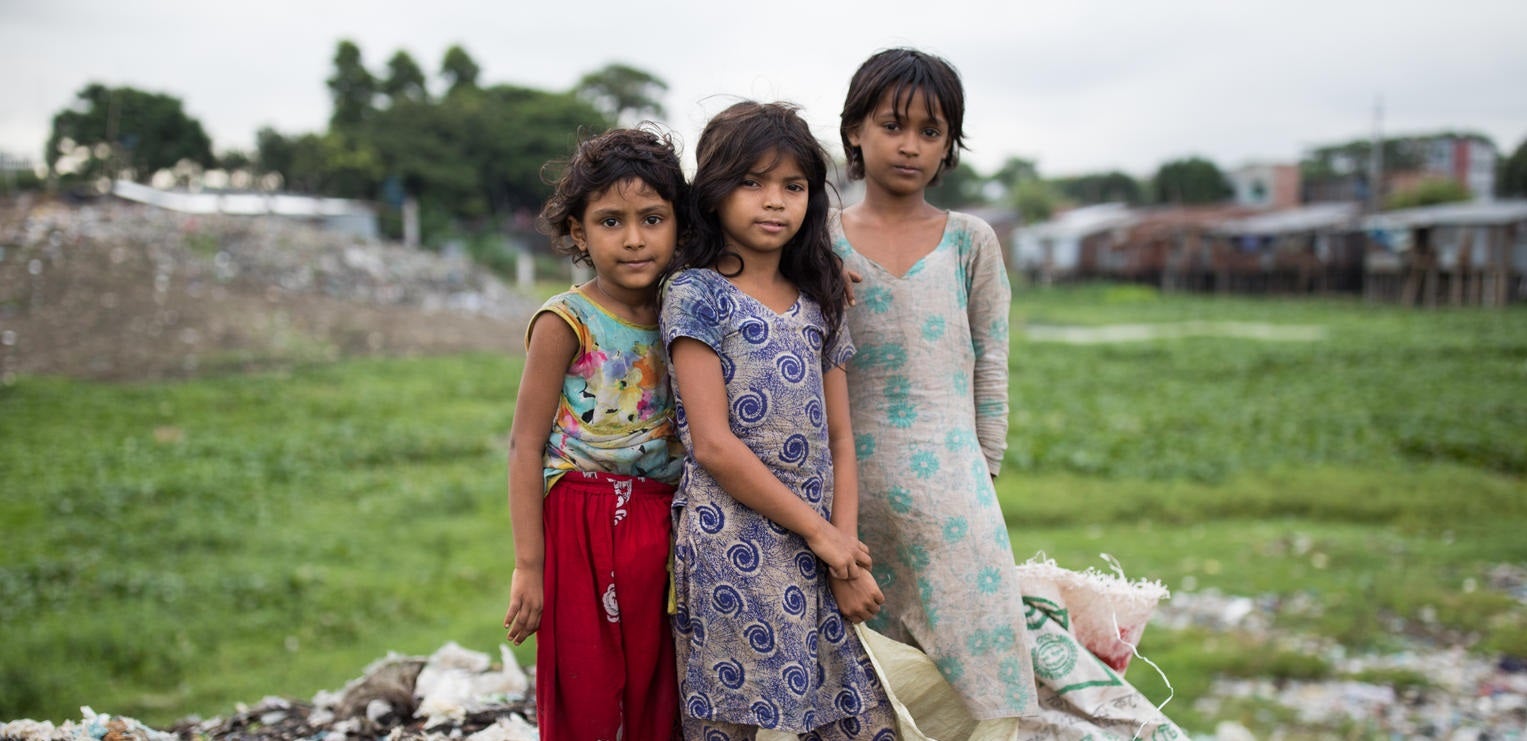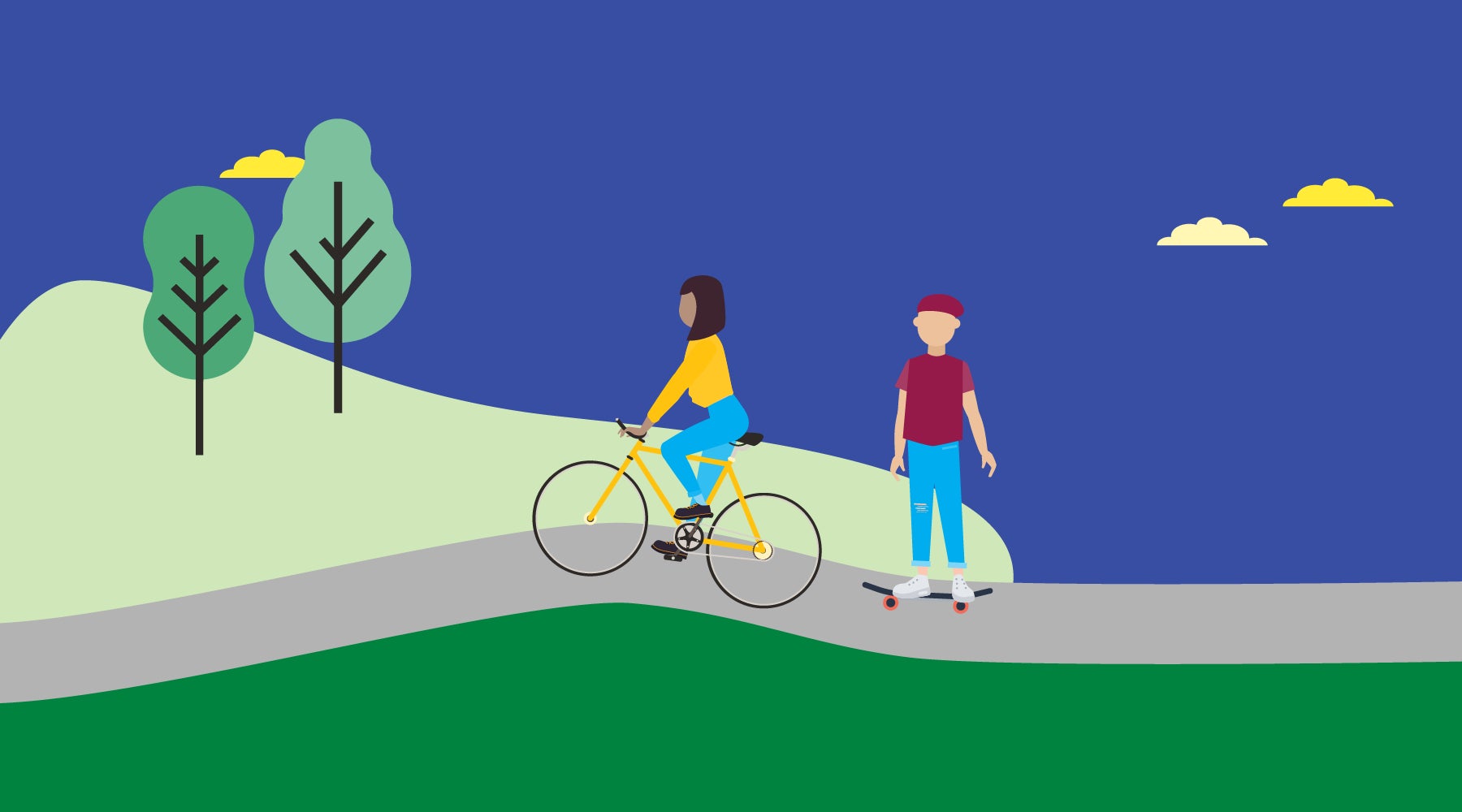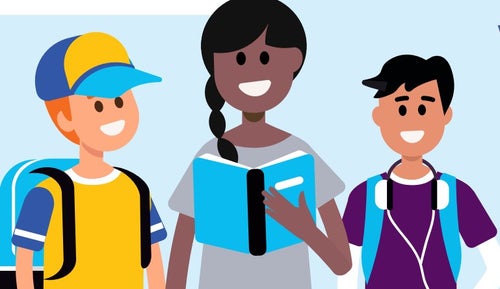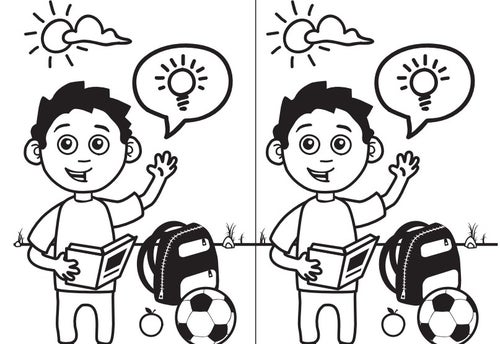Every child has rights, no matter who they are, where they live or what they believe. The right to be healthy, educated and safe from harm. Plus, so much more!
Just like adults, children have rights that allow them to live a happy and healthy life such as eating food that is good for them, drinking clean, safe water and being free to learn and play.
After talking and learning from the experts, governments from all around the world (including Australia) sat down and agreed on 54 different rights that every child under 18 years old should have to live a safe, healthy and happy life. They wrote them all down in what is now known as the Convention on the Rights of the Child.
"Children's rights means that we have a voice and that the right to be treated fairly and understood that there are ways to cater to our needs. Children are the future, so they should be treated with respect and love and kindness so they can grow and create a good future."
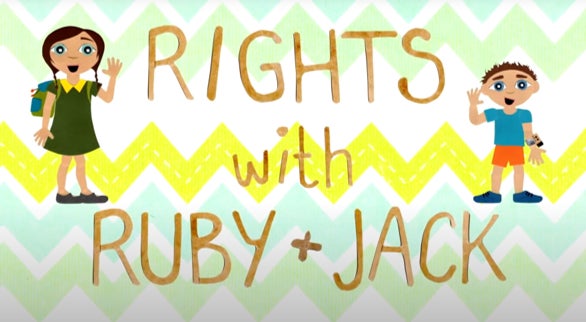
What are child rights?
Five fast facts about Child Rights
1.
The Convention on the Rights of the Child was created in 1989.
2.
There are 54 articles (paragraphs) that make up the Convention of the Rights of the Child, and no right is more important than the other.
3.
UNICEF works to ensure all countries keep their promise to child rights.
4.
Child rights are based on what a child needs to survive, grow and live a healthy and happy life.
5.
Convention on the Rights of the Child is for every child, no matter their gender, religion, culture or ethnicity.
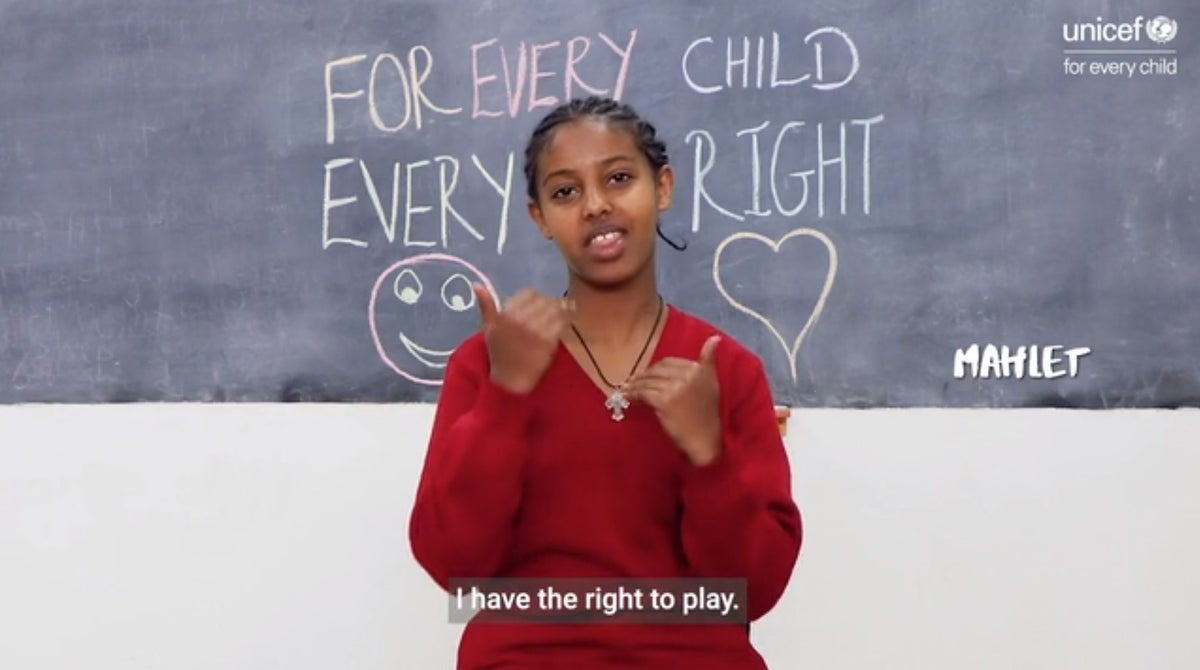
Child rights in sign language
Answering the big questions around child rights.
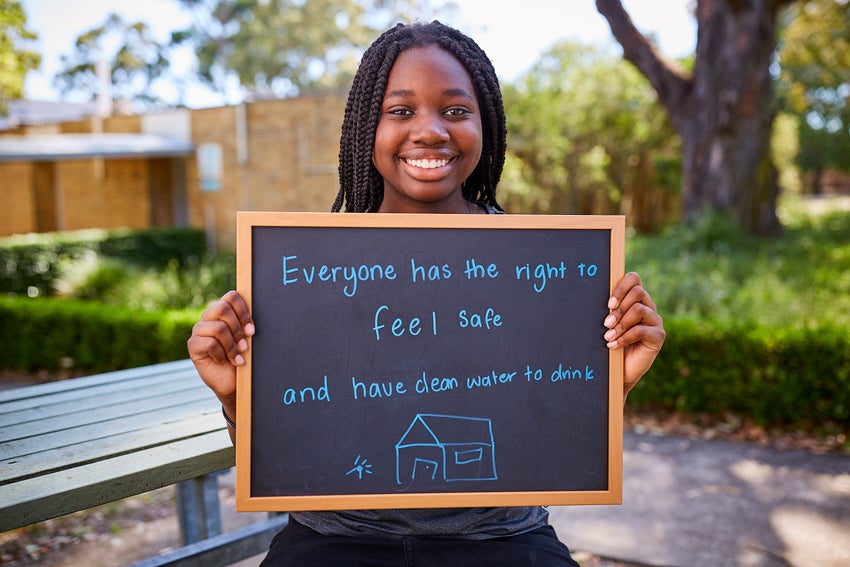
What is a Convention?
A convention is a promise that countries make on things like human rights issues.
Conventions are different promises (or agreements) made by the 193 countries who are part of the United Nations. They are about all sorts of issues, such as human rights, trade, peace and security. But not every country has to sign and say yes to the agreements.
This is what makes the Convention on the Rights of the Child so special. It is the most ratified (signed) convention in history! Meaning, every country (including Australia) who has signed the agreement must put children’s best interests first.
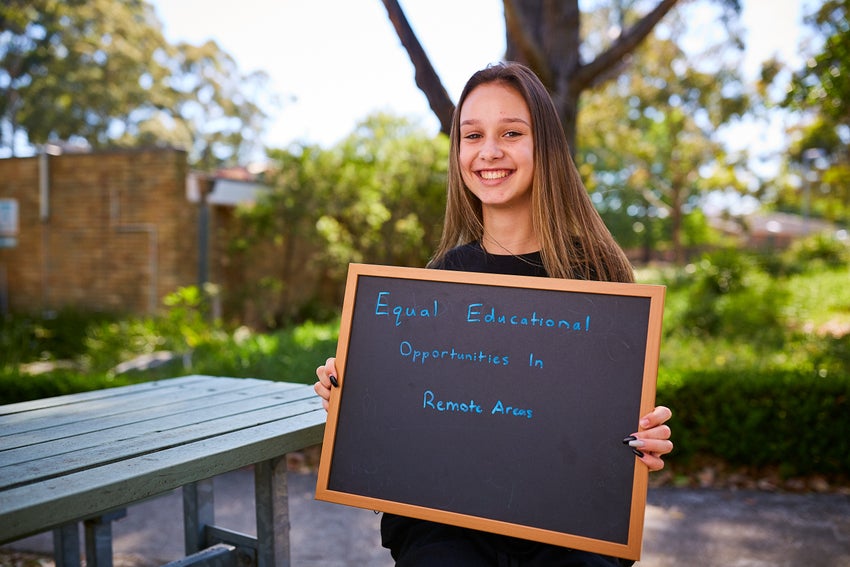
How did adults decide on the child rights?
Experts from all the different countries came together and agreed on what the 54 rights should be.
Over ten years, people from all around the world – governments, human rights advocates, lawyers, health specialists, social workers, teachers, child development experts and religious leaders – came together to discuss what the rights should be. They had to think about all the different cultures children come from and the challenges each country faces. In the end, they agreed on 54 different rights that apply to all children.
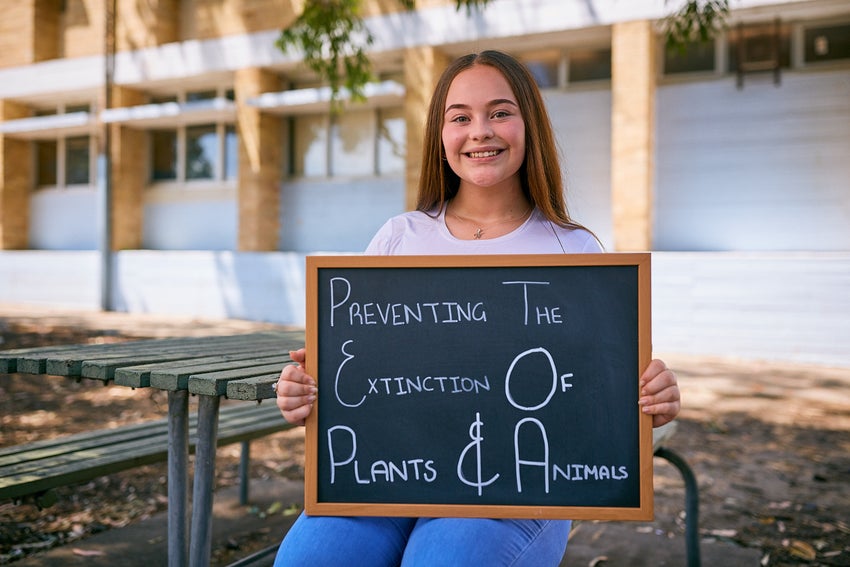
Who helps protect child rights?
Protecting a child's rights is everyone's responsibility, including children, parents, carers and governments.
There are 54 child rights that make up the Convention on the Right of the Child. None of them is more important than the other. Making sure all these rights are met is the responsibility of parents, caregivers, governments and even children themselves. We all work together to make sure that every child has the chance to survive, grow and live a healthy and happy life.
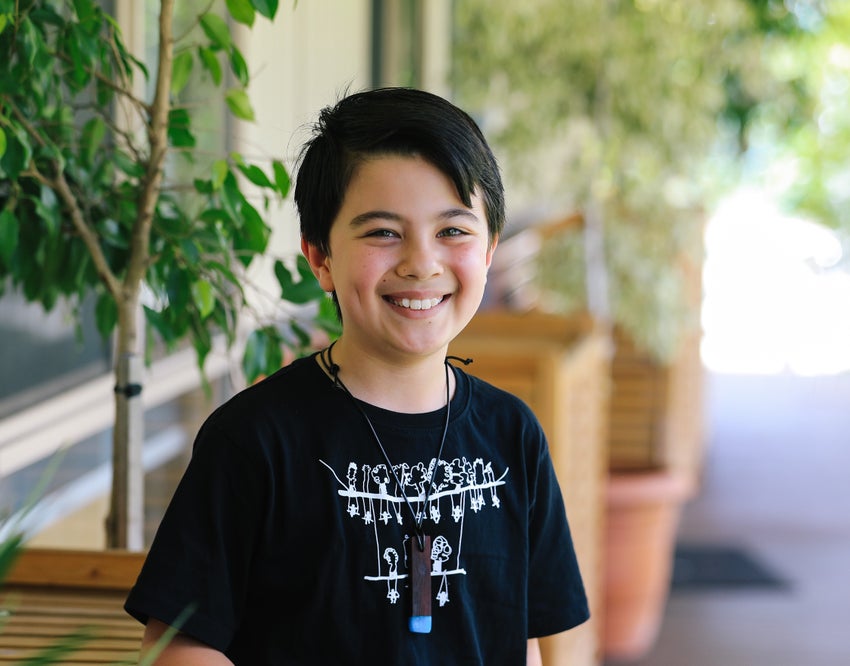
What do I do if my rights have been broken?
If you live in Australia and feel that your rights have been broken or violated, it’s important that you ask for help. Speak to an adult you trust which could be your parents, family, teacher or friend. You can also contact Kids Helpline or Youthlaw Australia, who provide free, confidential legal information for young people under 25.
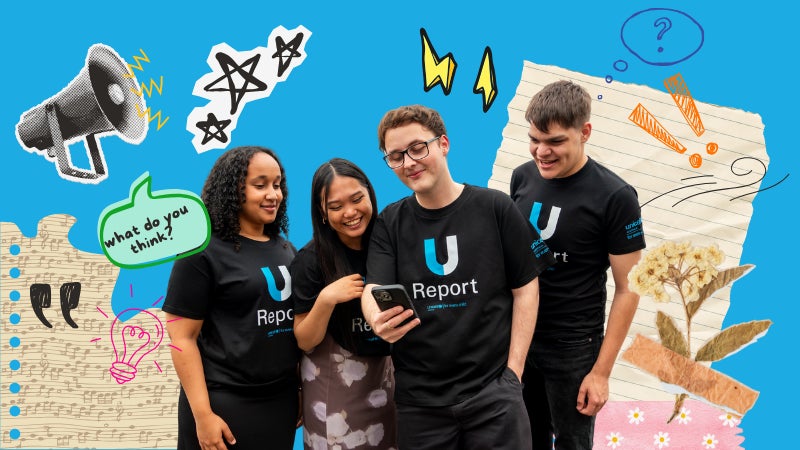
Have your voice heard with U-Report
U-Report is UNICEF’s digital community for young people where you can raise your voice and share opinions on topics that matter to you. It's a free, confidential digital polling platform open to anyone aged 14-24. Join today!


